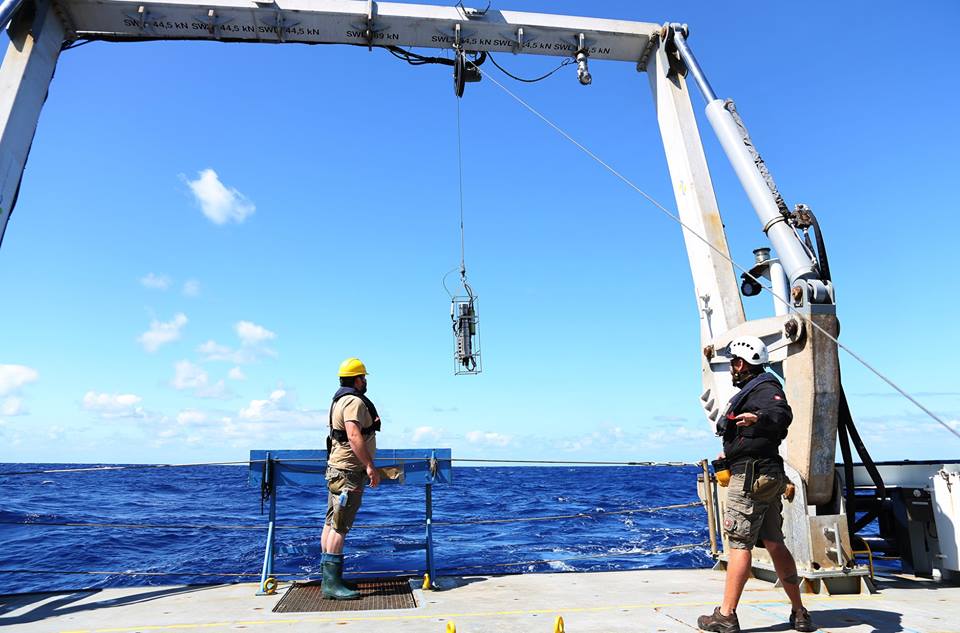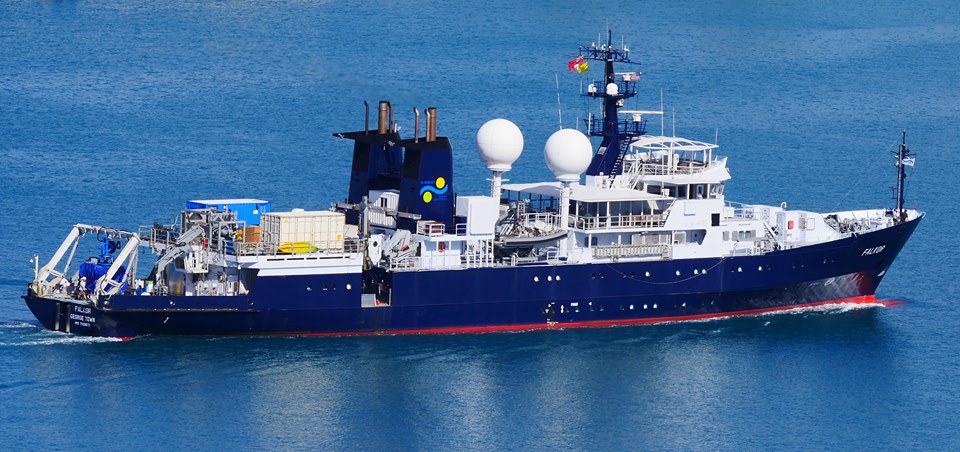
Paulo Relvas, researcher at the Center for Marine Sciences (CCMAR), of the University of Algarve, is part of an oceanographic campaign by Schmidt Ocean Institute.
The ship R/V Falkor lifted moorings on 28 May and will end the trip on 17 June, with the aim of demonstrating new methodologies for observing the ocean with autonomous underwater, surface and aerial vehicles that will be in contact with each other. This is a unique expedition, financed by the Schmidt Ocean Institute, a body established by Erik Schmidt, president of Google.
The expedition is entitled "Exploring Front with multiple robots” and the team that integrates is multidisciplinary, with emphasis on the strong Portuguese presence: nine researchers from LSTS-FEUP, nine from CIIMAR-UP, and one researcher from CCMAR.
In addition to these, there are also scientists on board Norwegian University of Science and Technology, Polytechnic University of Cartagena, Universities of Rhode Island (Columbia), Harvard (United States of America), Sintef (Norway), of the Monterey Bay Aquarium Research Institute and NASA-Ames of the United States of America.

The CCMAR investigator is very enthusiastic about the expedition, as, in addition to the results that are expected to be obtained, it is a pioneering project, which aims to cross-reference information obtained from various means.
The CCMAR team that Paulo Relvas coordinates has a fundamental role in this project, as it is responsible for sending the robots tracking coordinates.
Basically, the path that these vehicles will follow and the place where they will go is given by the guidance sent daily by the CCMAR team, which, this time, is on solid ground studying the necessary oceanographic and current data. extremely necessary for the success of the operation.
The study area will be the subtropical front, located approximately XNUMX nautical miles off the coast of southern California, which represents a boundary between the colder waters from the northern Pacific and the warmer, saltier waters to the south.
In this area, the team will use autonomous undersea, surface and coordinated air vehicles to find, track and sample physical, chemical and biological properties from the front.
Combining automated plans and ingesting real-time data from ships, robots and various other sources, for the first time, will provide scientists with a 4D view of the environment around the R/V Falkor, both on board and ashore.


















Comments